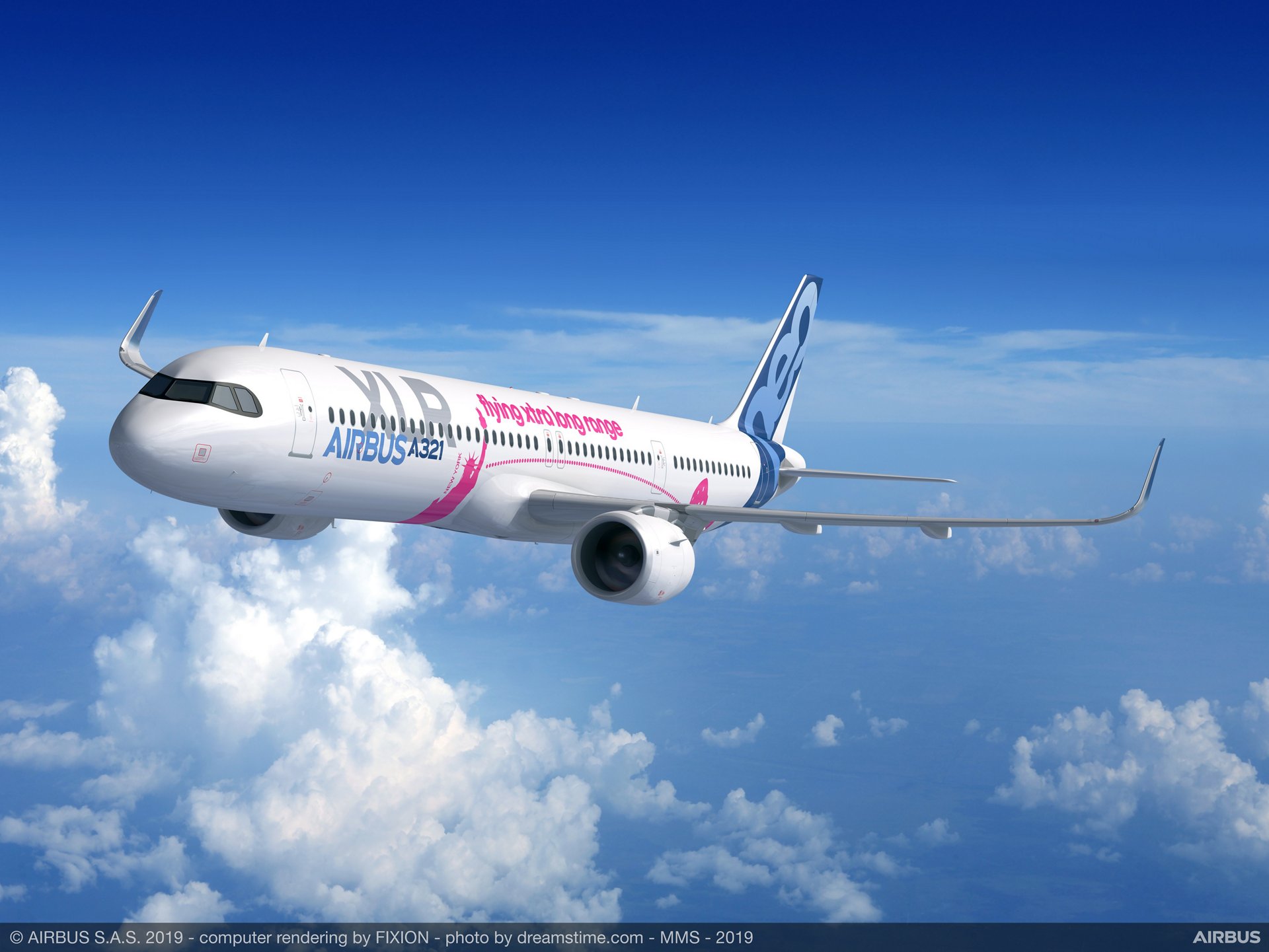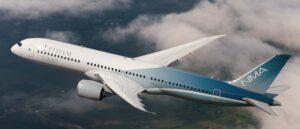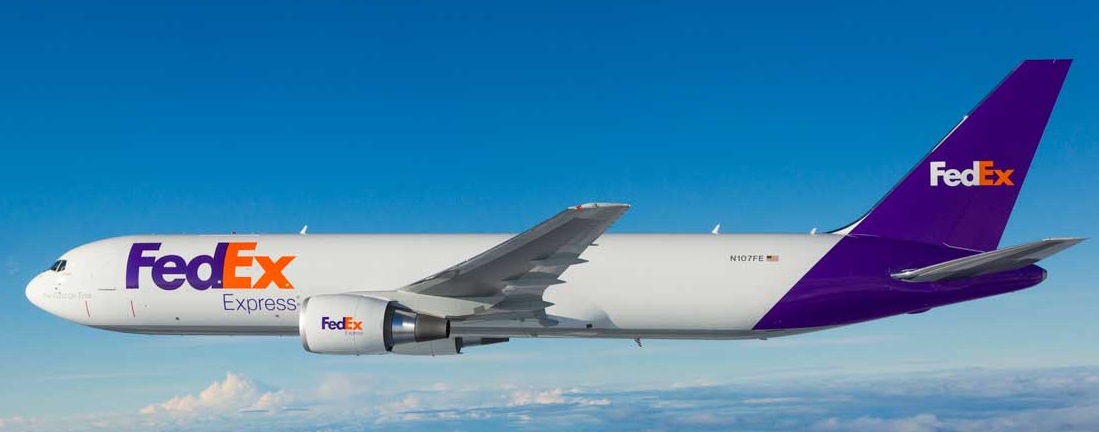Leeham News and Analysis
There's more to real news than a news release.
Dual or Single Aisle for Long Haul, Part 3
Subscription Required
By Bjorn Fehrm
Introduction
August 4, 2022, © Leeham News: We’ve been analyzing whether flying long-haul is better with a single-aisle or with a widebody under identical conditions.
To have equal conditions, we fly between Milano and New York at the practical range limit for our single aisle, Airbus A321XLR. We finished the analysis of Cash Operating Costs; now, we look at passenger and cargo yields and the generated margins on the trips.
Summary
- The margins with identical conditions point the same way as the Cash Costs.
- Any cargo traffic on the route will favor the widebody.
Dual or Single Aisle for Long Haul, Part 2
Subscription Required
By Bjorn Fehrm
Introduction
July 28, 2022, © Leeham News: Two weeks ago, we started looking at the most economical way to fly long-haul. The single-aisle alternative or stay with the trusted widebody?
We laid out a route on the practical range limit for an Airbus A321XLR, Milano to New York. With typical headwinds (as we fly west), it’s close to 4,000nm for the aircraft. The first analysis was for fuel burn. Now we add other costs to form Cash Operating Costs.
Summary
- The fuel burn points one way, the Cash Operating Costs another.
- The background is different costs scale differently with size.
ATR, Embraer, JADC release 20-year turboprop demand forecasts
Subscription Required
By Scott Hamilton
July 25, 2022, © Leeham News: ATR and Embraer released at the Farnborough Air Show their forecasts for the next 20 years for turboprops.
![]()
![]() ATR is the only remaining manufacturer of turboprops in the 40-80 seat category outside of China and Russia. Embraer, which got its start in commercial aviation with the 19-seat Bandeirante, exited the turboprop business after the EMB-120 Brasilia. Now, following decades of exclusively supplying regional jets to the world’s commercial aviation market, wants to resume producing turboprops. It’s proposed a two-member family with 70 and 90 seats. EMB claims it has interest from airlines for 250 turboprops, but the program launch remains elusive.
ATR is the only remaining manufacturer of turboprops in the 40-80 seat category outside of China and Russia. Embraer, which got its start in commercial aviation with the 19-seat Bandeirante, exited the turboprop business after the EMB-120 Brasilia. Now, following decades of exclusively supplying regional jets to the world’s commercial aviation market, wants to resume producing turboprops. It’s proposed a two-member family with 70 and 90 seats. EMB claims it has interest from airlines for 250 turboprops, but the program launch remains elusive.
The future small twin-aisle market
Subscription Required
By Vincent Valery
Introduction
July 21, 2022, © Leeham News: As outlined in the previous article, there are now only 46 orders for twin-aisle aircraft seating 250 or fewer passengers in long-haul cabin configuration (39 Boeing 787-8s and seven Airbus A330-800s). After adjusting for orders at risk, the tally is 28.
However, there are more than 700 older-generation aircraft in service in this segment. The lack of airline and lessor orders points to an inadequate OEM offering. Boeing is not eager to build 787-8s due to the lack of commonality with the other Dreamliner variants. Airbus’ A330-800 has meaningfully worse economics than the -900.
Among the several aircraft concepts Boeing is currently studying, a twin-aisle aircraft with up to 5,000 nautical miles nominal range for this market segment is among them.
LNA analyses in this article the addressable market for small twin-aisle aircraft.
Summary
- The addressable replacement market;
- New order opportunities;
- The impact of growth assumptions;
- Substitution effects and freighter market.
Assessing future twin-aisle production rates
Subscription Required
By Vincent Valery
Introduction
July 18, 2022, © Leeham News: There were 98 twin-aisle passenger aircraft deliveries in 2021, the lowest number since 1987 (90). The 2021 tally was down 73% compared to the peak of 362 deliveries in 2015.
The minimal number of Boeing 787 Dreamliner deliveries in 2021 explains why 2021 twin-aisle passenger deliveries fell so low. However, the twin-aisle passenger market slowed down before the Covid-19 pandemic. The travel restrictions imposed during the pandemic brought long-haul traffic to levels last seen in the 1950s at the start of the jet age.
With international travel restrictions progressively lifting, long-haul traffic is gradually recovering. However, the draconian travel restrictions imposed by China and the closure of the Russian airspace to numerous airlines have slowed down the return of demand.
Airbus and Boeing reduced passenger twin-aisle production rates to a minimal: five per month on the A350 and 787 (before the production issues) and two per month on the A330neo. Boeing stopped producing 777-300ERs, with one unit pending delivery to China Southern Airlines. The extensive 777X production delays led Boeing to halt its production.
In its 2021 Commercial Market Outlook (CMO), Boeing envisioned a market for 7,670 passenger twin-aisle deliveries over the 2021-2040 period.
LNA analyses the size of the passenger twin-aisle market, both for replacement and growth. The goal is to assess the range of possible twin-aisle production rates over the next two decades.
Summary
- Outlining the analysis hypothesis;
- Assessing production rates for replacements;
- An outsized impact of growth assumptions;
- Geopolitical and environmental considerations;
- A segment with more uncertainty.
Dual or Single Aisle for Long-haul?
Subscription Required
By Bjorn Fehrm
Introduction
July 14, 2022, © Leeham News: What is the most economical way to fly long-haul up to the range of the Airbus A321XLR? The single-aisle alternative or stay with the trusted widebody?
The intuition says the single-aisle must be lower cost and, therefore, return better margins, given the same ticket prices for equal comfort seats. But is this true? We use the Leeham airliner performance and economic model to find out.
Summary
- When comparing single-aisle and widebodies, it’s important to equalize the cabin standards.
- There are also differences in cruise speeds and, therefore, flight times.
Sustainability progress “depends on where you snap the line”
Subscription Required
By Scott Hamilton
July 11, 2022, © Leeham News: When it comes to sustainable aviation, what’s real and what’s greenwashing, “it depends on where you snap the line,” says a managing director at the consultancy Accenture.
John Schmidt heads up Accenture’s Aerospace and Defense Global Industry consultancy. Schmidt briefed LNA ahead of the Farnborough Air Show, which begins next week.
The background
At the Annual General Meeting of the International Air Transport Association (IATA) in Boston last October, IATA adopted a 2050 timeline goal for meeting targets to reduce aviation emissions. Tim Clark, the president and COO of Emirates Airline was on the panel with Stan Deal and Guillaume Faury, the CEOs of Boeing Commercial Airplanes and Airbus Group. The panel outlined goals for using Sustainable Aviation Fuel and reducing CO2 emissions, among other things. Clark, however, warned, “Don’t make promises you can’t keep.”
In a previous interview with LNA, Clark estimated the commercial aviation industry will need trillions of dollars to meet the 2050 goal. It’s money the industry doesn’t have. This begs the question: is there a certain amount of greenwashing going on?
Best business; Under-floor Cargo or Dedicated Freighter. Part 4.
Subscription Required
By Bjorn Fehrm
Introduction
July 7, 2022, © Leeham News: What is the best business? To transport cargo below the floor in passenger airliners or dedicated freighter aircraft?
We dug deeper into the cost of flying air freight from Shanghai to Denver last week, forwarded as a below-floor pallet on a passenger jet or via a dedicated freighter.
The cost advantage changed from passenger jet to freighter when we looked deeper into the allocatable cost. Now we finish by analyzing why cargo airlines are consistently more profitable than passenger airlines.
Summary
- Freight airlines generate lower margins from operations than passenger airlines.
- Still, they are more profitable. We explain how.
What Boeing needs to do for digital, production transformation for new commercial airliner
Subscription Required
By Scott Hamilton
July 4, 2022, © Leeham News: When Boeing launches its next new commercial airplane program, whatever the design, advanced development, and production are intended to be a key part of the plan.
Officials have been hinting at this approach since the administration of CEO Jim McNerney. His successor, Dennis Muilenburg, opened the veil a bit more. David Calhoun, Muilenburg’s successor, has been more open about the concept.
Last month, Greg Hyslop, the executive vice president of Engineering, Test & Technology and the chief engineer for Boeing, was the most revealing yet. In a briefing in advance of the Farnborough Air Show that begins on July 18, detailed how digital design and advanced production will fit into the Next Boeing Airplane (NBA) plan.
Related Article

Boeing’s new approach to aircraft design, production, and assembly is illustrated above. The Defense unit used this for the T-7 Red Hawk trainer and the MQ-25 unmanned Navy refueling tanker. But a lot of work is necessary to migrate this to Boeing Commercial Airplanes. Credit: Boeing.
However, Hyslop acknowledged that these advanced design and production processes must transition from low-rate defense projects to high-rate commercial airplanes. This is the “maturity” Boeing CEO said recently is required before the NBA proceeds.
Summary
- Scalability is key to migrating digital and production transformation from defense to commercial.
- Lessons learned from 787 an important step.
- Rebuilding the workforce also required for the next new Boeing airplane.







